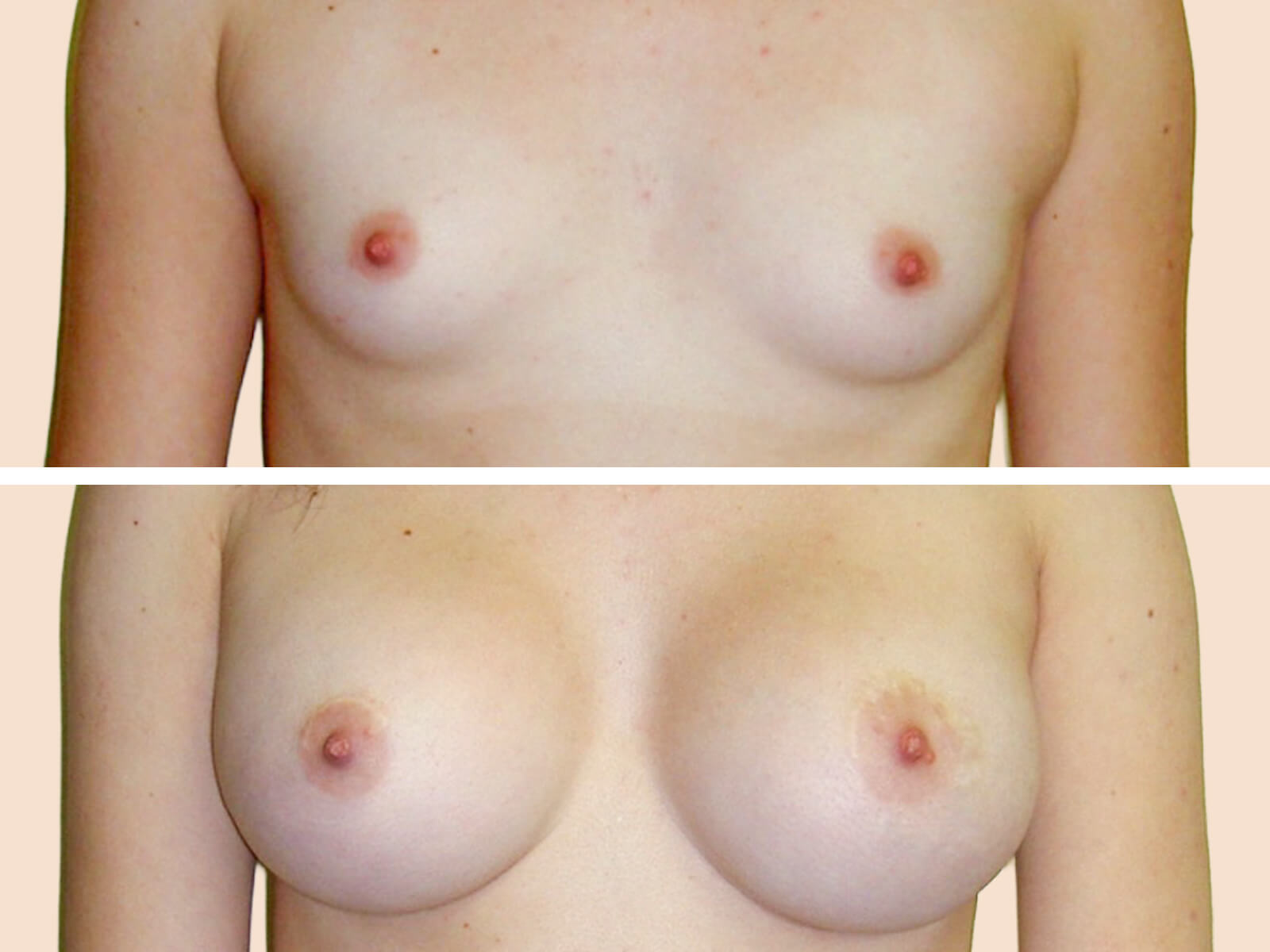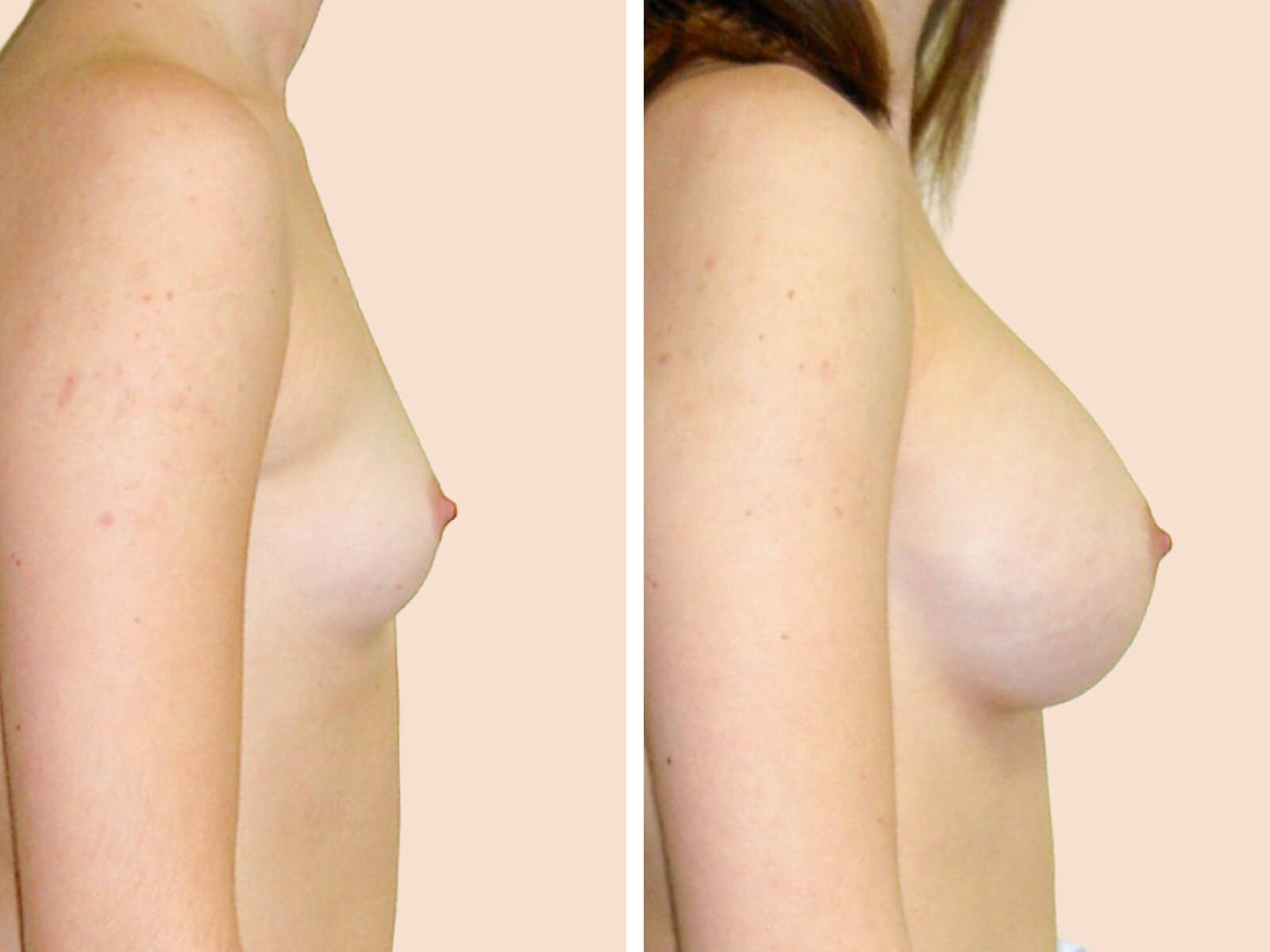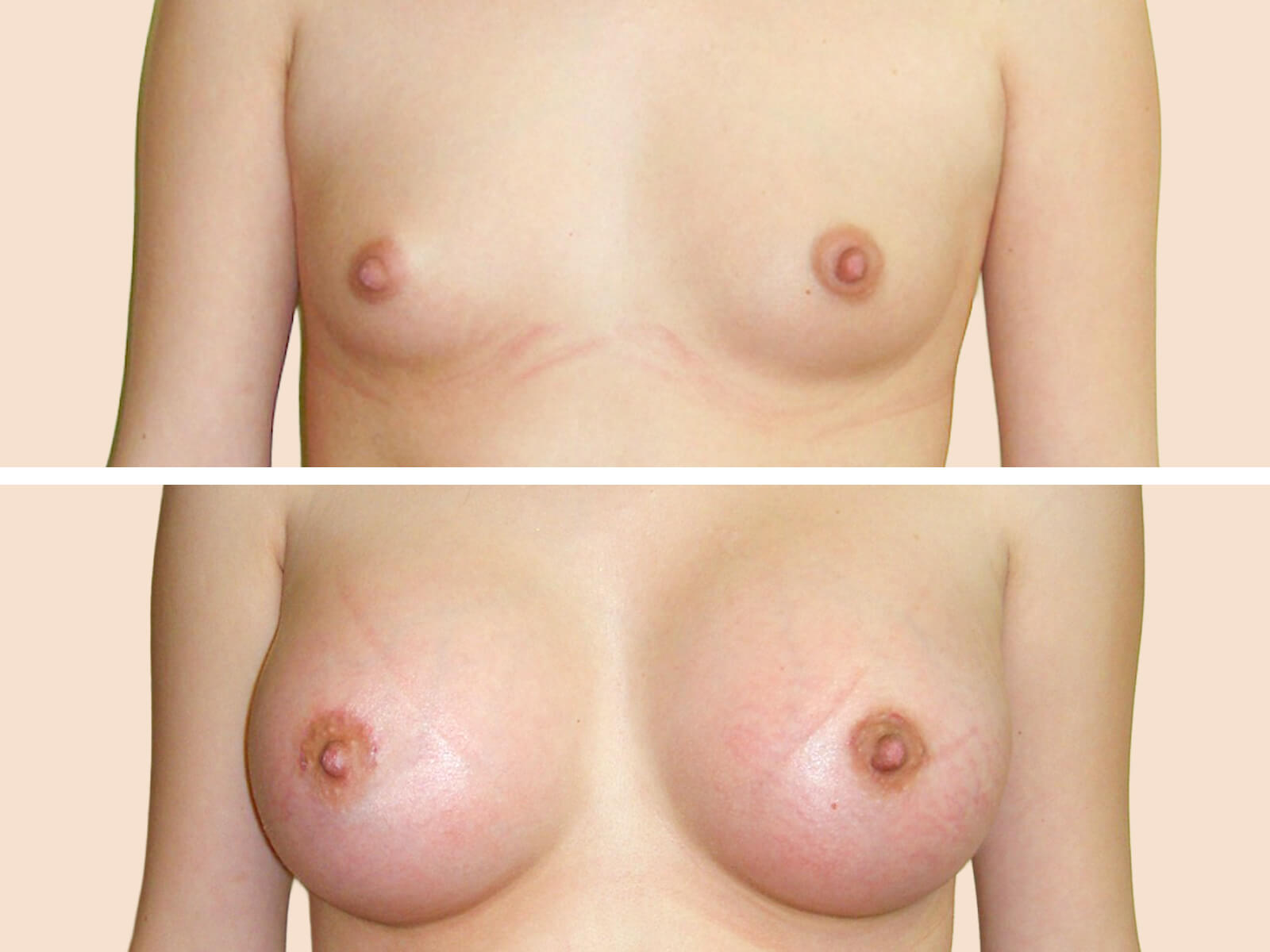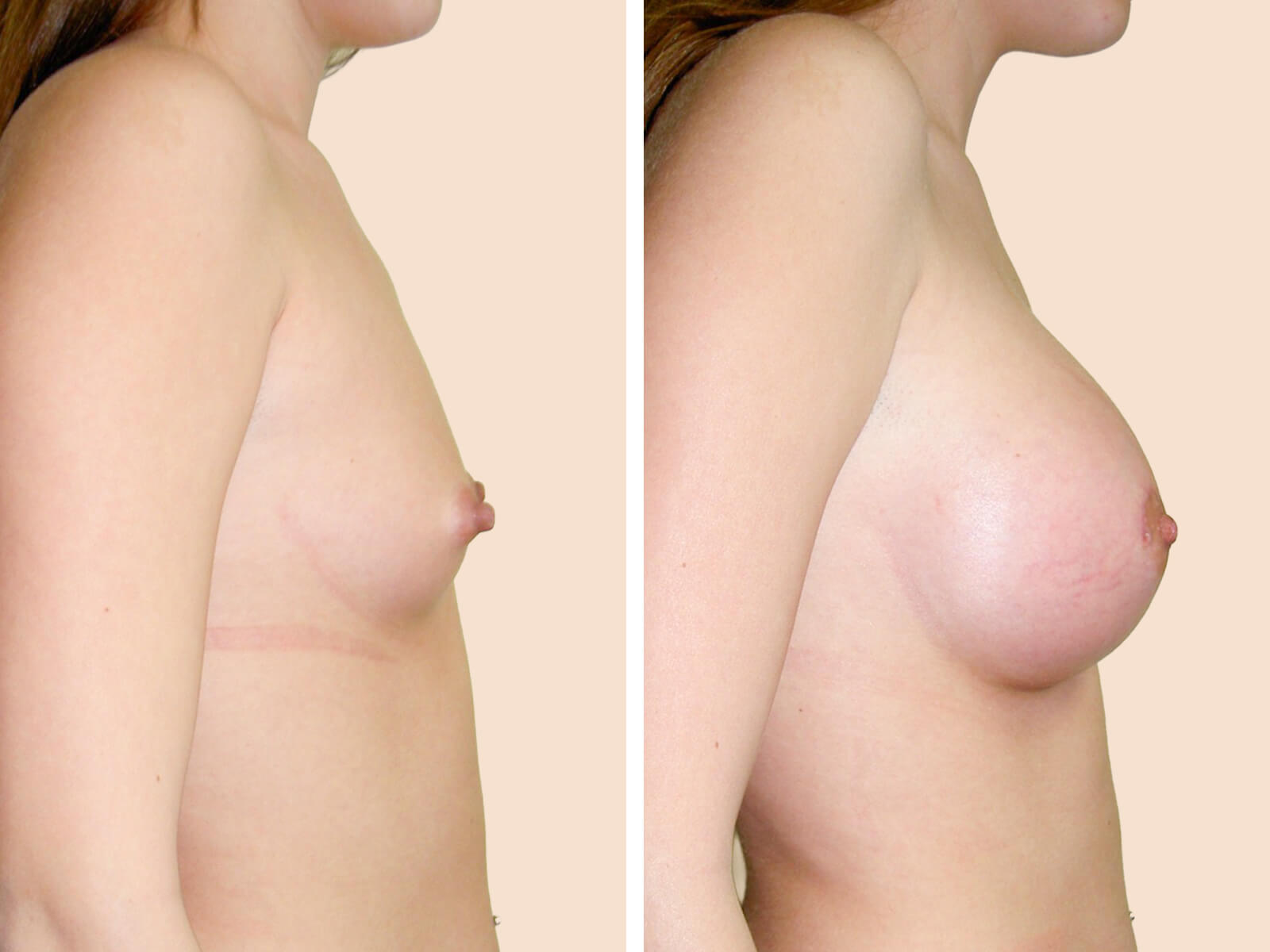Breast Procedures
Breast Augmentation
Breast augmentation is a cosmetic surgical procedure that enhances the size and shape of the breasts using implants or fat transfer.
Our team is dedicated to helping you achieve your personal goals by providing expert guidance, ensuring realistic expectations, and supporting you every step of the way to enhance your natural proportions with confidence. The procedure can be tailored to your unique anatomy and goals. With decades of experience, Dr. Fardad will ensure your concerns are at ease.
Photo Gallery
Breast Augmentation: Before & After Photos
Your Consultation
During the consultation, a detailed medical history is taken including information about the number of pregnancies, breastfeeding, and history of breast disease and cancer. A careful examination is conducted. Your specific desires and concerns are discussed with Dr. Fardad Forouzanpour as well as the type and size of breast implant, anesthesia type, possible risks and complications, and the incision site. Pre-operative instructions may include the elimination of certain drugs, discontinuation of cigarette smoking, and preoperative blood tests.
The Ideal Candidate
It is often chosen by individuals who want to improve breast symmetry, restore volume lost due to pregnancy, weight loss, or aging, or achieve a desired aesthetic appearance. Commonly, people seek the procedure to boost self-confidence or as part of gender-affirming care.
The Procedure
The operation consists of developing a pocket behind the chest muscle or the breast tissue. The implant pushes the breasts forward but is not within the breast tissue. The most common way to gain access to the area behind the breast is through an incision approximately one inch around the areola (ring around the nipple), the crease under the breast, the crease in the axilla (armpit), or the umbilicus (belly button). The implant size is determined by the amount of existing breast tissue, and your height, weight, and desired size.
What types of implants are best for you?
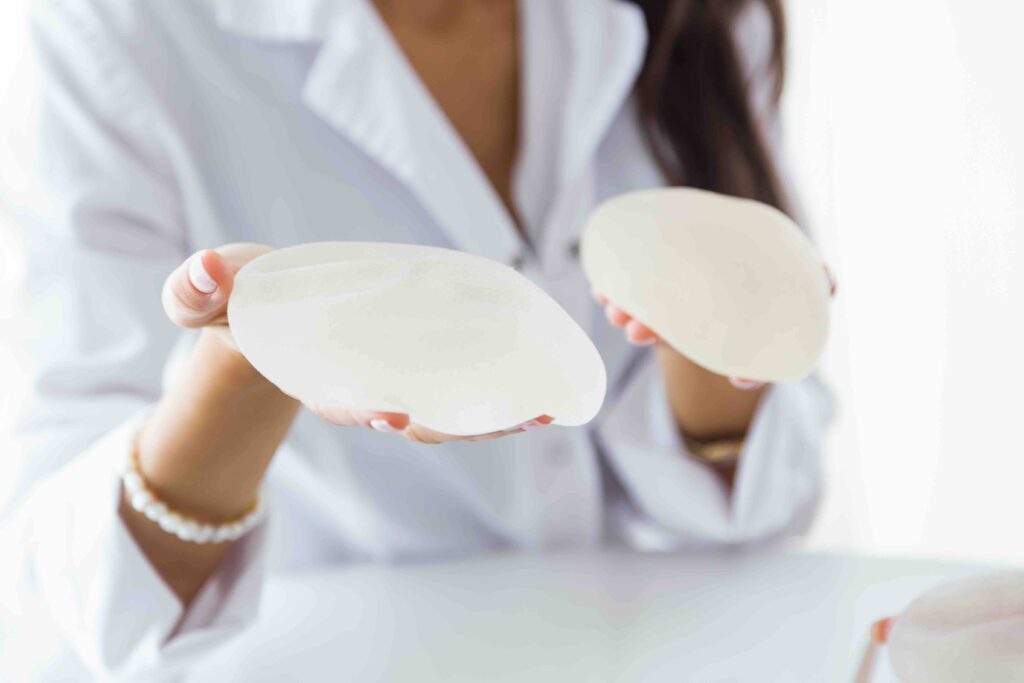
The two major types of implants available are salt water-filled saline implants and silicone-gel-filled implants (cohesive gel, highly cohesive, or “gummy bear”). Each type is available in various sizes or volumes, shapes (low, moderate, and high profiles), and textures (smooth or textured).
Silicone Gel Implants
Silicone gel implants consist of a silicone shell filled with a soft, semi-cohesive silicone gel. These implants offer several advantages, including a more natural look and feel, reduced rippling and wrinkling, the ability to be placed over the muscle in women with modest breast tissue, and a lower risk of downward displacement compared to saline implants due to their lighter weight.
Saline Implants
Saline implants are silicone shells filled with sterile saline solution after being placed in the breast pocket. This allows for size adjustments after implantation. In the rare event of a leak or rupture, the body safely absorbs the saline solution. Another benefit of saline implants is they often require smaller incisions and can be placed in discrete locations.
Implant Placement Options
The placement of implants depends on the amount of breast tissue present, the type and size of implants, the body’s size, and the chest’s size. During your consultation, your breasts are examined, and the options are discussed with you.
Sub-glandular Technique
The implant is placed behind the breast tissue on top of the muscle. This option is suitable for people with sufficient glandular and fatty breast tissue to cover the implant edges.
Sub-muscular Technique
The implant is placed underneath the pectoral (chest) muscle. Although slightly more uncomfortable, this is a better option for women who do not have sufficient natural breast tissue to cover the implant properly.
Recovery
Following your surgery, you will wear a supportive sports bra without an underwire for the first few weeks to aid in healing and provide comfort. During the initial few days, avoid raising your arms above shoulder level or making excessive arm movements. You will be able to shower starting two days after your procedure. Most discomfort subsides within 3 to 4 days, but your recovery experience may vary. Our team will provide personalized guidance and care to ensure a smooth recovery.
- Most patients can resume daily activities including work within 5-7 days
- Light exercises may be resumed within two to three weeks after surgery
- Heavy exercises and sports such as jogging, swimming, bowling, tennis, etc. may be resumed after three to four weeks
have a question?
Breast Augmentation: Frequently Asked Questions
What is the difference between a breast lift and breast augmentation?
A breast lift primarily addresses sagging and drooping of the breast tissue, while breast augmentation focuses on increasing breast size and volume.
What are the different types of breast implant incisions?
Common incision sites for breast augmentation include the areola (around the nipple), the crease under the breast, the crease in the armpit, and the navel. The most suitable incision site will be discussed and determined during your consultation based on your unique anatomy and goals.
What are the long-term implications of breast implants?
Dr. Forouzanpour will discuss potential long-term considerations during your consultation. Rare but long-term implications of breast implants can include the need for implant replacement or revision surgery, capsular contracture, and the possibility of long-term health effects.
Will breast augmentation affect my ability to breastfeed?
Breastfeeding is generally possible after breast augmentation, especially with submuscular implant placement. However, it may be slightly more challenging for some women. Dr. Forouzanpour can discuss this in more detail during your consultation and address any specific concerns you may have.
What is capsular contracture and how can it be prevented?
Capsular contracture is a condition in which the scar tissue around the implant hardens, potentially causing discomfort and changes in the shape or feel of the breast. While not always preventable, factors such as inflammation, bleeding, trauma, and individual healing response can contribute to its development.
If you have concerns about capsular contracture, we are here to answer your questions and discuss the steps we take to ensure the best possible outcome for you. Your comfort and confidence are always our priority.
What are the potential risks of breast augmentation?
As with any surgery, potential risks and complications of breast augmentation include infection, bleeding, scarring, changes in nipple sensation, implant deflation or rupture, rippling of the implant, and capsular contracture (hardening around the implant). Perfect Self’s cosmetic surgery team will ensure you are educated and supported through every step to avoid these rare risks.

